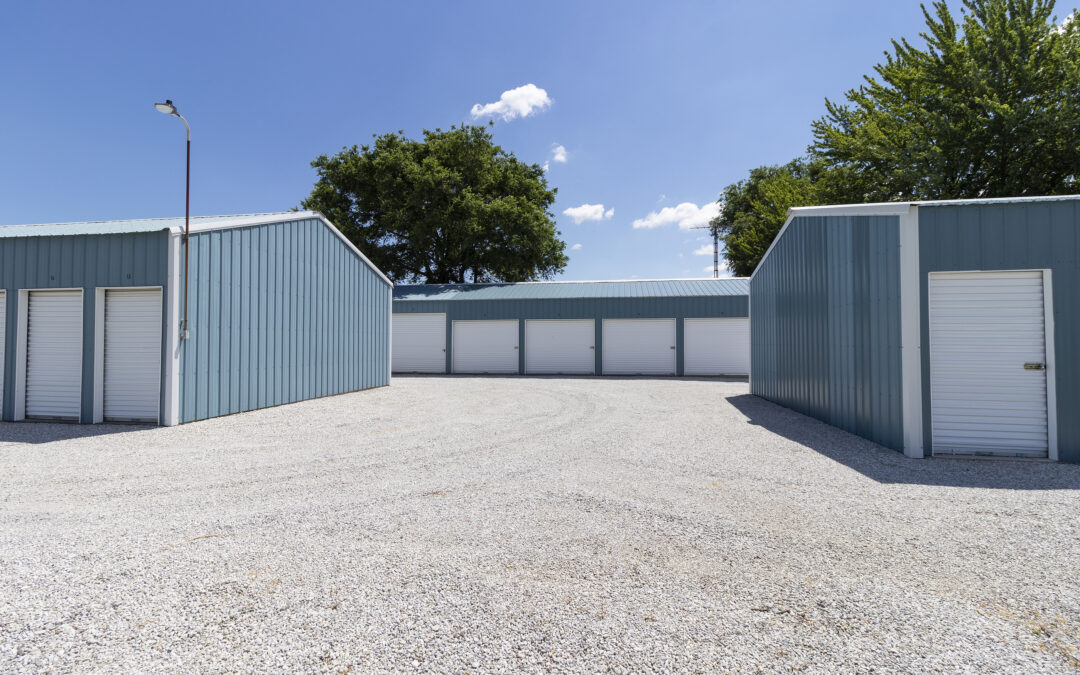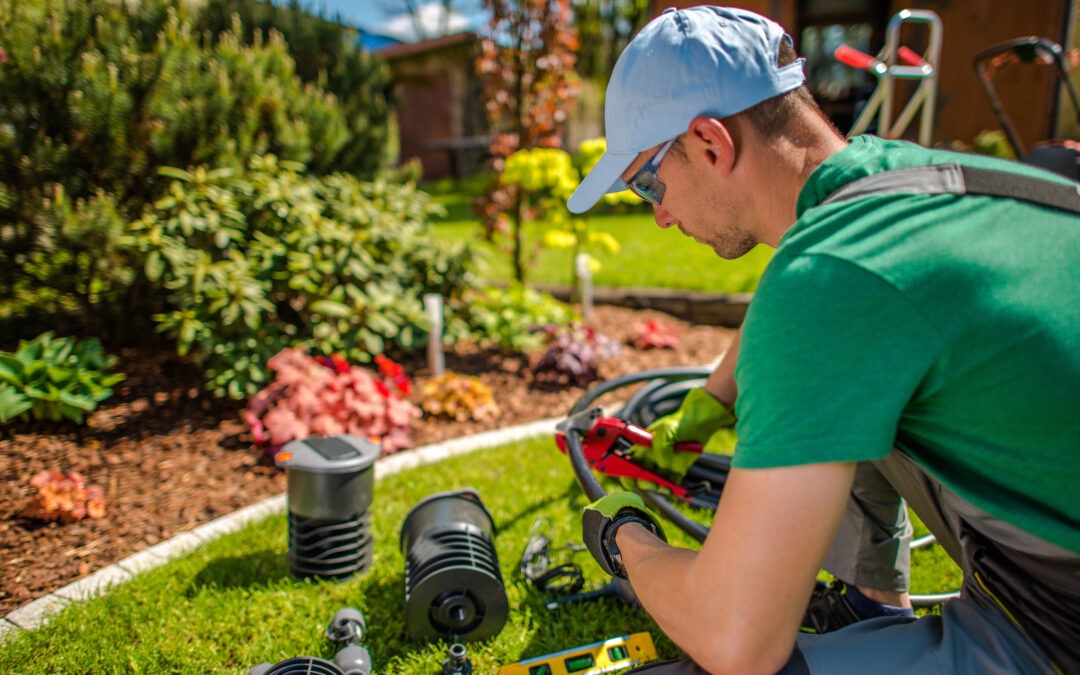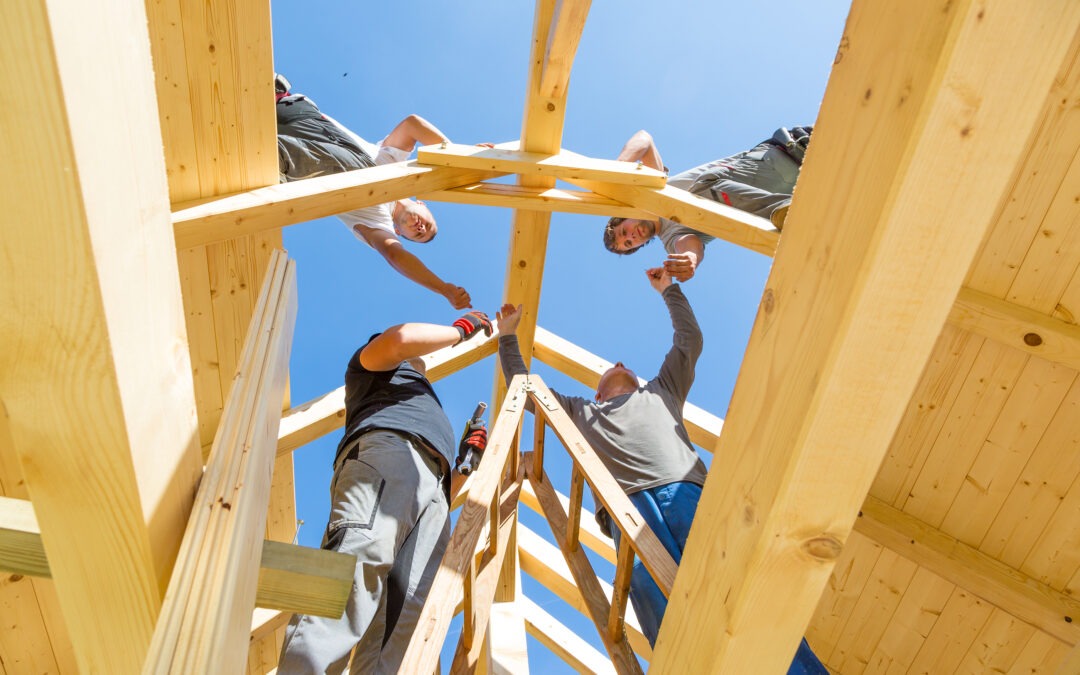A wobbly step. A heavy toolbelt. A quick reach just a little too far. It doesn’t take much for a ladder workplace accident to happen. And when it does, the costs can be staggering. Falls from height account for $17.1 billion in workplace injury costs each year. Ladders alone rank #4 on OSHA’s Top 10 most-cited violations, and falls remain one of the top three most common workplace injuries on the job.
Depending on your clients’ industries, ladder use can be routine, and that’s precisely why it’s risky. Familiarity can lead to shortcuts. Shortcuts lead to falls. Luckily, you’re well-positioned to help.
Why Ladder Safety Often Gets Overlooked
Despite the clear data, ladder injuries persist. Why? In many cases, it comes down to preventable human error and misunderstandings. According to a recent survey by the American Ladder Institute, more than 50% of respondents believe that ladder injuries in their workplace could have been avoided with proper safety training.
“My weight hasn’t changed in years; this ladder is fine.”
“This ladder’s taller, so it must hold more weight.”
“I’m not working that high up; this isn’t a big deal.”
If any of these statements ring true to your clients, they might sound harmless, but they can lead to devastating consequences. A ladder’s Duty Rating, how much weight it can safely bear, includes not just the worker’s body weight but also their clothing, tools, and any materials they’re carrying. A taller ladder doesn’t automatically mean a stronger one, and low-height tasks still carry high risk, especially when ladders are used improperly.
Essential Ladder Safety DOs and DON’Ts
To reduce falls and ensure compliance, OSHA offers comprehensive guidance for both extension ladders and stepladders. Whether your client’s team is scaling a roof or reaching top-shelf storage, these guidelines are a strong foundation for safer job sites when it comes to extension ladder use.
DO:
- Maintain a three-point contact while climbing or descending.
- Face the ladder at all times.
- Keep your body centered between side rails.
- Use a tool belt or hand line to raise tools; never carry them by hand while climbing.
- Extend the ladder at least three feet above the landing surface.
- Ensure the ladder is on stable, level footing.
- Keep rungs free of slippery substances.
DON’T:
- Use makeshift ladder bases like boxes or barrels.
- Place ladders on soft or unstable ground.
- Exceed the ladder’s maximum load rating.
- Tie ladders together or use them horizontally like scaffolding.
- Move the ladder while someone is on it.
- Reach too far to the side or lean beyond the rails.
- Ignore nearby power lines.
A quick toolbox talk from your client to their teams on these basics could prevent a workplace accident and a serious liability claim.
Is Your Client’s Industry At-Risk?
While ladder safety applies to all workplaces, some industries face unique risks based on their environments and typical tasks. Here are some workplace safety tips to tailor your advice based on industry.
Self-Storage Facilities
Facility managers and maintenance crews frequently use ladders for sign updates, lighting repairs, and unit access. Encourage policies that require ladder inspections before use and clear protocols for repairs or replacements.
Nonprofits
Thrift stores, food pantries, and community centers often rely on volunteers, many of whom may be unfamiliar with workplace safety guidelines. Recommend that clients post ladder safety signage and include training as part of volunteer onboarding.
Artisan Contractors
Painters, roofers, electricians, and HVAC techs practically live on ladders. But with speed and efficiency prioritized, ladder misuse is common. Make sure your clients are reinforcing the importance of using the right ladder for the job, maintaining load limits, and ensuring stable footing on all terrain.
Landscaping
Tree trimming and light installations often mean working on uneven or soft ground. Urge clients to invest in ladder stabilizers and make it standard to avoid using ladders during wet or windy conditions.
Agribusiness
Farmworkers may use ladders for harvesting, inspections, or barn maintenance. Remind clients to avoid using metal ladders around electrical infrastructure and to perform routine ladder inspections, especially when equipment is stored outdoors and exposed to weathering.
Interested in diving deeper into MiniCo’s risk management resources and experienced class-specific underwriting and claims teams? Reach out to MiniCo, and let’s start the conversation. With our portfolio of exclusive insurance programs, MiniCo is ideally positioned to work with you to craft the most effective policy for your clients in a wide range of niche industries including self-storage businesses, nonprofit and social services, artisan contractors, landscapers, agribusiness, allied health, and more.




